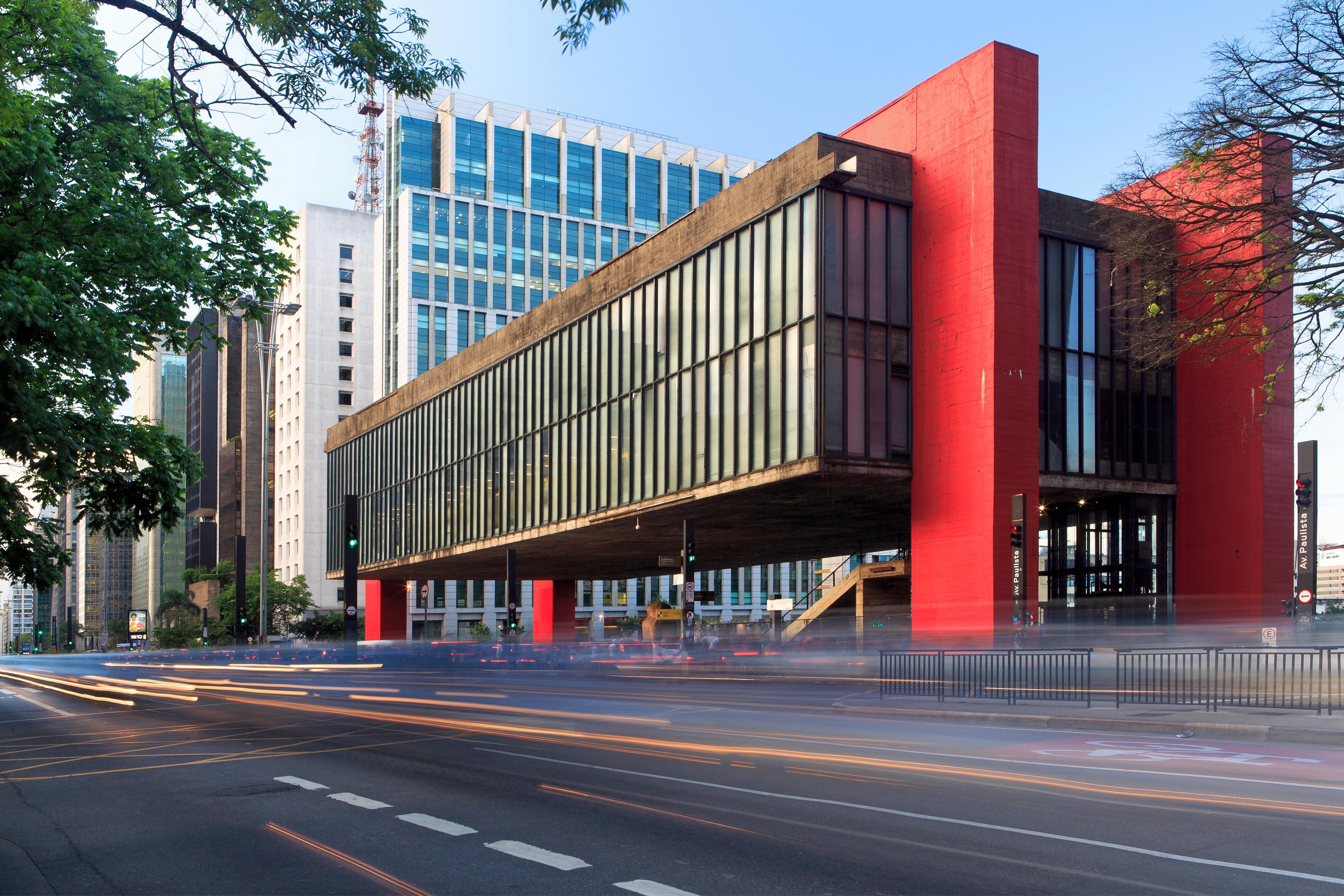About Carioca Aqueduct
The Carioca Aqueduct, also known as Arcos da Lapa, is a historic and iconic landmark located in the Lapa neighborhood of Rio de Janeiro, Brazil. Built in the mid-18th century during the colonial period, the aqueduct was originally designed to transport fresh water from the Carioca River to the city center, addressing the growing demand for clean water. Its impressive Roman-inspired architecture features 42 grand arches, stretching over 270 meters and standing 17 meters tall, making it a striking example of colonial engineering.
Today, the Carioca Aqueduct is no longer used for water transportation but has been repurposed as a vital part of Rio's urban landscape. Since the late 19th century, it has served as a viaduct for the Santa Teresa Tram, a historic streetcar line that connects downtown Rio to the bohemian Santa Teresa district. The tram ride offers breathtaking views of the city and is a popular tourist attraction.
Surrounded by the vibrant nightlife of Lapa, the aqueduct is a symbol of Rio's rich history and cultural heritage. It stands as a testament to the city's colonial past while remaining a lively gathering spot for locals and visitors, blending history with the energetic spirit of modern Rio de Janeiro.







